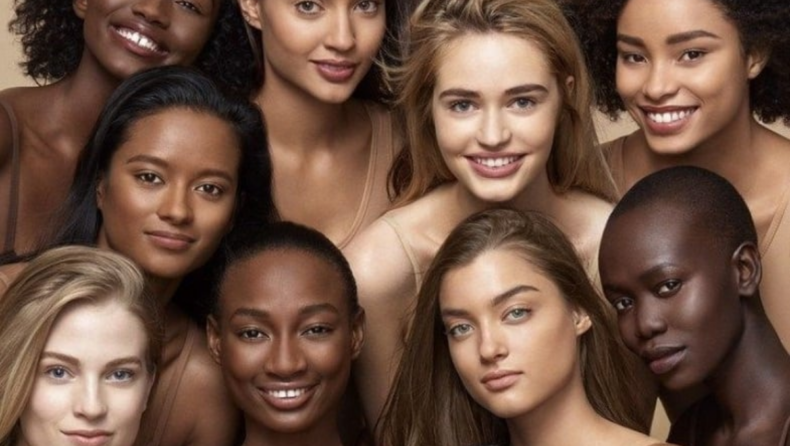If you think being a girl is easy, then let me tell you, it’s not. We are obligatory to keep up with the standards of beauty every day, even when we least want to.
From a very young age, a girl is taught to maintain her figure; to have a flat stomach with big butt and breasts; to not wear anything and everything she wants to; have no stretch marks, acne, or hair on her body; to smell like roses and always look up to their flawed perfection, which is no less than torture.
Not too skinny, not too fat, not too short, not too tall. It takes a lot to be a girl!
Our society shapes our thoughts in many ways, and for a girl, how she looks is imbedded deep inside her mind since childhood.
Before she learns anything else, she is taught that “fairer skin is beautiful” and that “don’t go out to play or you’ll get tanned,” imbuing her with a negative image of dark skin.
Guys are extremely fortunate in this regard, as they are not obliged to keep the standards of beauty. They can be themselves, their natural self, without any filter. And therefore, this can be reflected back in their behavior as boys are more real and less filtered than girls are.
Why does a girl need to hide her flaws and not flaunt them? Can a girl be blamed for this?
According to the Class 12 CBSE Health and Physical Education textbook, 36-24-36 is considered the best shape for females. And Miss World and Miss Universe can participate if they match the criteria.
In today’s time, ideal beauty traits include “ideal body shape (36-24-36), sharp facial features, fair skin, tall height, flat stomach, etc.”
Whereas it should have been confidence, humility, intelligence, honesty, love, playfulness, ambition, selflessness, which are all present but society is so flawed to call them beautiful.
Unrealistic expectations often have detrimental effects on a woman’s self-esteem. Society has made them vulnerable, unacceptable to themselves, and has made them uncomfortable in their own skin. No matter how confident a woman appears to you, she is a victim of the trap.
Who is to be held responsible for setting the standards of beauty?
The TV and film industries are promoting the ideals of beauty by casting eye-candies rather than characters from the real world. We want to see someone who represents us and not what we should be. There should be originality that characters bring on screen, not so-called ideal physical attributes.
Businesses are one of the big contributors. To make money, they are selling products that are deemed to change a person’s physicality, coming close to perfectionism.
For instance, fairness creams, body-weight gainers, and hundreds of products assuring weight loss guarantees, from hair treatments to all the face or body plastic surgery a person can imagine.
Even social media adds up to it by bringing up filters to hide one’s own skin as we get ourselves covered feeling secure.
Quality beauty products can enhance one’s appearance but dependence on these measures can be unhealthy and dangerous. One must feel beautiful looking in the mirror with no filters and absolutely love themselves.
The standards of beauty have been different in different eras:
- Ancient Egypt (1292-1069 B.C.) – Slender, narrow shoulders, high waist, symmetrical face.
- Ancient Greece (500-300 B.C.) – Plump, full-bodied, light skin.
- Han Dynasty (206 B.C.- 220 A.D.) – Slim waist, pale skin, large eyes, small feet.
- Italian Renaissance (1400-1700) – Ample bosom, rounded stomach, full hips, fair skin.
- Victorian England (1837-1901) – Desirably plump, full-figured, cinched-waist.
- Roaring Twenties (1920s) – Flat chest, downplayed waist, short bob hairstyle, boyish figure.
- Golden Age of Hollywood (1930s-1950s) – Curves, hourglass figure, large breasts, slim waist.
- Swinging Sixties (1960s) – Willowy, thin, long + slim legs, adolescent physique.
- Supermodel Era (1980s) – Athletic, svelte but curvy, tall, toned arms.
- Heroin Chic (1990s) – Waifish, extremely thin, translucent skin, androgynous.
- Postmodern Beauty (2000s- today) – Flat stomach, ‘healthy’ skinny, large breasts + butt, thigh gap.
Beauty standards have changed over time, so how can something that was considered beautiful or adorable in the past be no longer?
There have been several girls targeted for not matching with the standards of beauty including Shah Rukh Khan’s daughter, Suhana khan –
Read more- Camila Cabello discusses her body image struggles













